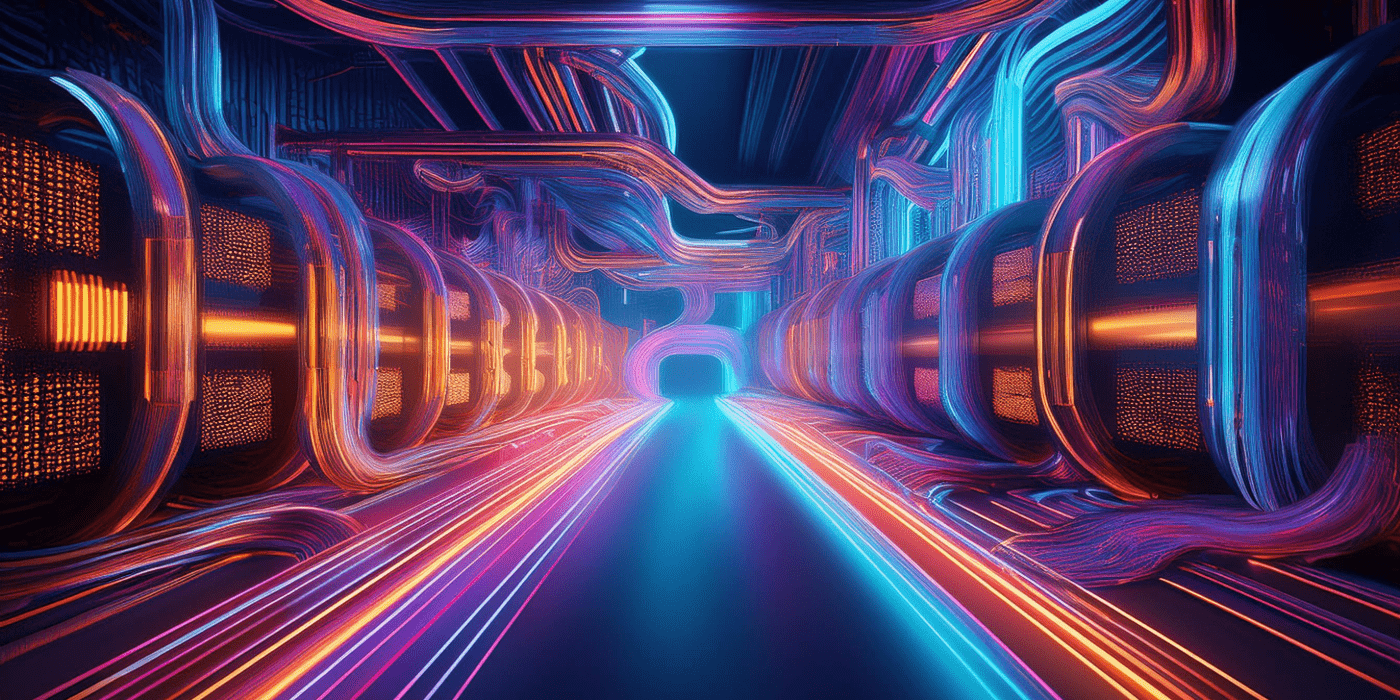In the ever-evolving landscape of design, modern tooling has become the catalyst for groundbreaking creativity and innovation. As we step into 2025, these tools are transforming how designers conceptualize, collaborate, and deliver their visions. From AI-powered assistance to sustainability-focused platforms, the future of design tooling is more promising and accessible than ever before.
AI-Powered Design Tools: Revolutionizing Creativity
Artificial intelligence has taken center stage in design, enabling tools that automate repetitive tasks, suggest creative ideas, and predict user preferences. By integrating AI into their workflows, designers can focus on solving complex problems while enhancing efficiency.
For instance, Adobe Sensei uses machine learning to suggest layout adjustments and analyze user engagement, making design processes more intuitive. Similarly, Figma’s AI-driven plugins assist with generating color palettes and typography suggestions, accelerating the ideation phase. These advancements not only save time but also push the boundaries of creativity.
Collaborative Platforms: Uniting Teams Across Boundaries
Collaboration is at the heart of modern design. Tools like Figma and Miro have redefined how teams work together by offering real-time editing, cloud-based accessibility, and version control. These platforms bridge the gap between designers, developers, and stakeholders, ensuring seamless communication and integration.
By enabling multiple users to co-create in real-time, collaborative platforms reduce delays caused by feedback loops. Cloud-based features ensure designs are accessible anywhere, fostering productivity in remote and hybrid work environments. These tools are not just enhancing efficiency; they are empowering teams to achieve more together.
Generative and Parametric Design: Expanding Possibilities
Generative and parametric design tools are opening new avenues for innovation. These tools use algorithms to explore numerous design possibilities, helping creators find optimal solutions for their projects.
In architecture, tools like Rhino and Grasshopper generate designs that balance aesthetics and functionality. In product design, Autodesk’s generative design software analyzes material properties and manufacturing constraints to create efficient, ergonomic solutions. By reducing the need for manual trial and error, these tools allow designers to focus on refining and perfecting their work.
Virtual and Augmented Reality: Immersive Visualization
Virtual reality (VR) and augmented reality (AR) are transforming the way designers present and refine their ideas. By immersing stakeholders in virtual environments, these technologies provide an in-depth understanding of design elements such as scale, proportions, and user interaction.
Applications like Unity and Unreal Engine enable designers to create interactive VR walkthroughs for architectural projects. AR tools like Morpholio Trace allow real-world overlays of designs, facilitating context-aware adjustments. These advancements bridge the gap between concept and realization, making designs more tangible and relatable.
Sustainability-Focused Tools: Designing Responsibly
As environmental concerns grow, sustainability has become a cornerstone of modern design. Tools like Tally assess the environmental impact of materials and processes, helping designers make eco-friendly choices. Circular design platforms promote the reuse and recycling of resources, aligning creative processes with sustainability goals.
By integrating these tools, designers contribute to a healthier planet while meeting the increasing demand for ethical and sustainable solutions. This dual focus on creativity and responsibility is paving the way for a more sustainable future in design.
Conclusion: Designing a Boundless Future
Modern tooling for design is not just about efficiency; it’s about unlocking new realms of creativity and innovation. From AI-driven insights to immersive visualization technologies, these tools are redefining what’s possible in design. As we embrace these advancements, the future of design will continue to evolve, breaking boundaries and setting new standards. By adopting modern tooling, designers are not only shaping better products and experiences but also building a more sustainable and collaborative world.




